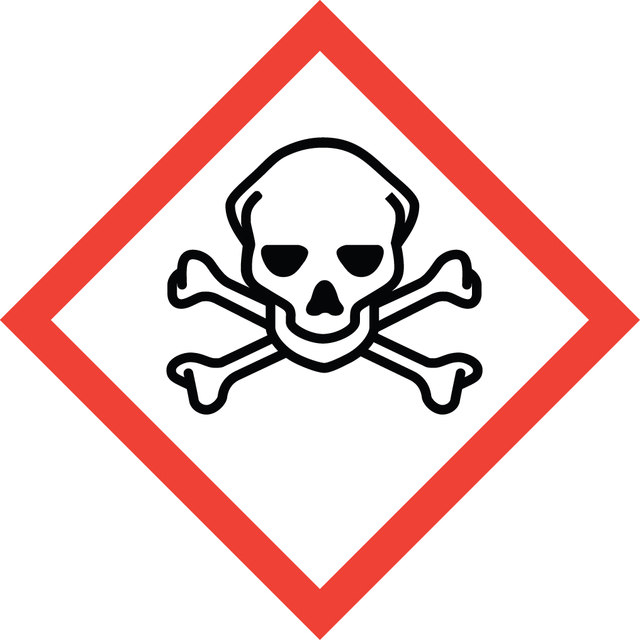About This Item
Quality Level
form
solution
concentration
10 mg/mL in DMSO
antibiotic activity spectrum
fungi
Mode of action
cell membrane | interferes
storage temp.
−20°C
SMILES string
C[C@@H]1CCC[C@@H](O)\C=C\C(=O)O[C@]23[C@@H](\C=C\C1)[C@H](O)C(=C)[C@@H](C)[C@H]2[C@H](Cc4ccccc4)NC3=O
InChI
1S/C29H37NO5/c1-18-9-7-13-22(31)15-16-25(32)35-29-23(14-8-10-18)27(33)20(3)19(2)26(29)24(30-28(29)34)17-21-11-5-4-6-12-21/h4-6,8,11-12,14-16,18-19,22-24,26-27,31,33H,3,7,9-10,13,17H2,1-2H3,(H,30,34)/b14-8+,16-15+/t18-,19-,22-,23+,24+,26+,27-,29-/m1/s1
InChI key
GBOGMAARMMDZGR-TYHYBEHESA-N
Looking for similar products? Visit Product Comparison Guide
Application
- to block cytokinesis, to obtain binucleated cells
- as a specific glucose transporter inhibitor
- to inhibit glucose transport by class I and III GLUTs to determine the 50% inhibitory concentration (IC50) in HCMV-infected and mock-infected cells
Biochem/physiol Actions
Other Notes
Signal Word
Danger
Hazard Statements
Precautionary Statements
Hazard Classifications
Acute Tox. 2 Inhalation - Acute Tox. 4 Oral
Storage Class Code
6.1A - Combustible acute toxic Cat. 1 and 2 / very toxic hazardous materials
WGK
WGK 2
Flash Point(F)
185.0 °F - closed cup - Solvent
Flash Point(C)
85 °C - closed cup - Solvent
Personal Protective Equipment
Choose from one of the most recent versions:
Already Own This Product?
Find documentation for the products that you have recently purchased in the Document Library.
Our team of scientists has experience in all areas of research including Life Science, Material Science, Chemical Synthesis, Chromatography, Analytical and many others.
Contact Technical Service